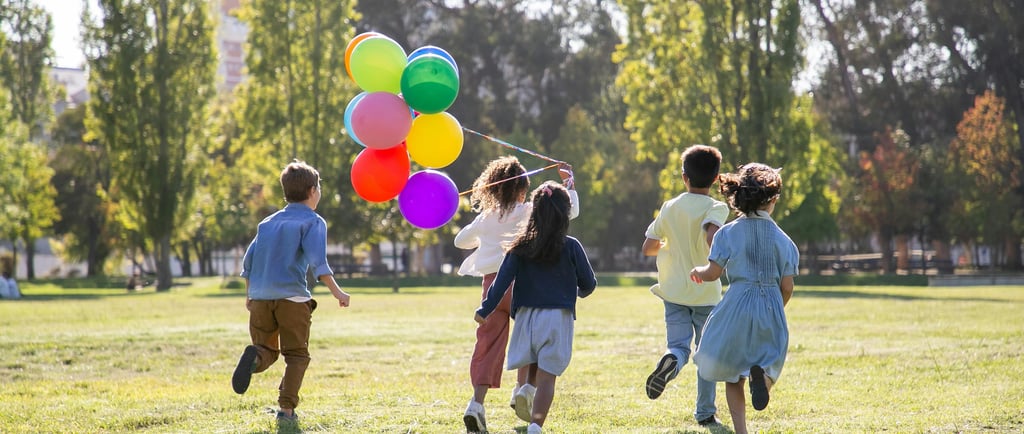Building Strong Communities Through Shared Stories and Experiences
The Power of Community Connections
10/22/20243 min read


Building Strong Communities Through Shared Stories and Experiences
Children thrive in environments where they feel connected, supported, and valued. One of the most important ways to create this kind of environment is by fostering a sense of community—whether at home, at school, or in the neighborhood. A strong community provides children with a sense of belonging, helps them develop social skills, and offers them a network of support as they navigate the world.
One of the most powerful ways to build community is through shared stories and experiences. When children hear stories, whether from books, family members, or their peers, they learn about different perspectives, cultures, and experiences. These stories help them understand the world beyond their own experiences, and they begin to see the value of diversity and connection.
For children, the first sense of community often comes from their family. Family traditions, shared meals, and storytelling all contribute to a child’s understanding of what it means to belong to a group. These experiences provide children with a foundation of security and connection that they can carry into other parts of their lives.
One simple way to build a sense of community within the family is through shared stories. Family members can share stories from their own childhoods, cultural traditions, or even made-up tales that reflect family values. These moments of storytelling not only entertain children but also strengthen family bonds and teach important life lessons.
School as a Community Hub
Schools play a crucial role in fostering a sense of community for children. In addition to academic learning, schools provide children with opportunities to connect with their peers, participate in group activities, and develop social skills. Classrooms become communities where children learn to cooperate, share, and work together toward common goals.
Teachers can help build community in the classroom by creating opportunities for students to share their own stories, whether through writing assignments, show-and-tell, or class discussions. When children are encouraged to share their experiences, they feel valued and respected, and they learn to appreciate the diverse perspectives of their classmates.
Group projects and collaborative activities also contribute to a sense of community in the classroom. When children work together toward a common goal, they learn the importance of teamwork, communication, and mutual support.
Neighborhood Connections
Outside of the home and school, neighborhoods offer another important source of community for children. In neighborhoods where families know each other and children play together, kids learn the value of cooperation, kindness, and shared responsibility. These experiences teach children that they are part of a larger community, where everyone has a role to play.
Community events, such as block parties, sports leagues, or neighborhood clean-up days, provide opportunities for families to come together and build connections. These shared experiences create a sense of belonging and foster relationships that can last a lifetime.
Storytelling as a Tool for Connection
One of the most effective ways to build community is through storytelling. Whether it’s reading books, sharing personal experiences, or listening to stories from others, storytelling connects people on a deeper level. It allows children to see the world from different perspectives and understand that, despite our differences, we all share common emotions, struggles, and joys.
In multicultural communities, storytelling can also be a way to celebrate diversity. By sharing stories from different cultures and traditions, children learn to appreciate the richness of the world around them and develop a sense of respect for others.
Parents, educators, and community leaders can use storytelling as a tool to bring people together. Hosting a community story night, where families come together to share their favorite books or personal stories, is a simple yet powerful way to foster connection. These events create a space where children and adults alike can share their experiences, learn from each other, and build lasting relationships.
By building strong communities through shared stories and experiences, we create environments where children can thrive. These connections not only support children’s social and emotional development but also teach them the value of kindness, cooperation, and mutual respect. And in a world that sometimes feels disconnected, these communities offer a sense of belonging and hope for the future.


